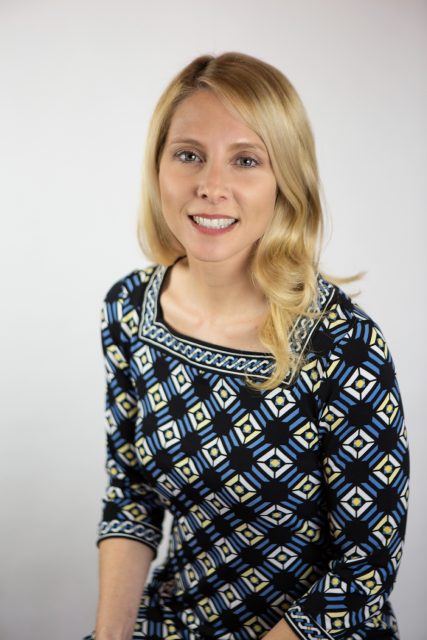RNS asked some of the country’s top faith leaders, scholars and activists to consider what changes the religion landscape will see in 2018. Find all their predictions here.
 (RNS) — I believe 2018 will mark a period where we see Catholic female laity and women religious continue to be a strong collaborative leadership model, not only for the institutional Church, but on key social policy issues.
(RNS) — I believe 2018 will mark a period where we see Catholic female laity and women religious continue to be a strong collaborative leadership model, not only for the institutional Church, but on key social policy issues.
Female Catholics are leading parishes and bringing national attention to issues such as healthcare, immigration, and poverty. Reports show that nearly 50 percent of U.S. Catholics parish staffs are made up of women, and 80 percent of the 30,000 ecclesial ministers in the American Church are female.
Moreover, female religious continue to be impactful in bringing key social issues to the nation’s attention—evidenced by the work of NETWORK, Nuns on the Bus, and other affiliated groups. American Catholic sisters were once again an influential force during the 2017 congressional debates on the Affordable Care Act—sending a letter to Congress signed by over 7,000 women religious advocating to maintain the gains in coverage made by the legislation. Many of these Catholic sisters also worked to lobby Congress for an equitable tax bill that better serves the poor, joining forces with over 2,200 interfaith religious leaders. I predict that Catholics sister will continue to be a strong voice on social policy in 2018.
Furthermore, in 2017 the commission to investigate the female diaconate continued its work. I believe their efforts will also continue through 2018, as they explore the history and role of deaconesses. I predict in a time when the Church is seeing more parishes staffed by women and Pope Francis is expressing his openness to the possibility of having certain married men serve as priests, that the Church knows it needs to elevate female leadership to the role of the diaconate.
However, questions remain, such as, what would a female diaconate look like? Would it be the same as the permanent diaconate for men? The Church is preparing for its next synod in 2018 on Young People, The Faith and Vocational Discernment, and though nothing has been said about married priests or the female diaconate, some suggests that there is language in the assembly’s preparatory document that could open up such dialogue, particularly the discussion on new frameworks for pastoral care.
As the Church enters another year facing a clergy shortage, with data showing that more Catholic women are administering the day-to-day life of parishes, 2018 presents an opportunity to elevate the role of women, both lay and religious, in the Church. (Note that some sources reference an uptick in the number of seminarians and reports of a 100 more men being ordained in 2016 than 2010, but persistent challenges to clergy growth and the maintaining of parishes still exists. See this and this.)
Regardless of any institutional resistance, the future of the Church is female.
(Jeanine E. Kraybill is an assistant professor of political science at California State University, Bakersfield. She studies religion and politics with particular attention to Catholic male and female leadership. She also writes on presidential and religious rhetoric. The views expressed in this opinion piece do not necessarily reflect those of Religion News Service.)





